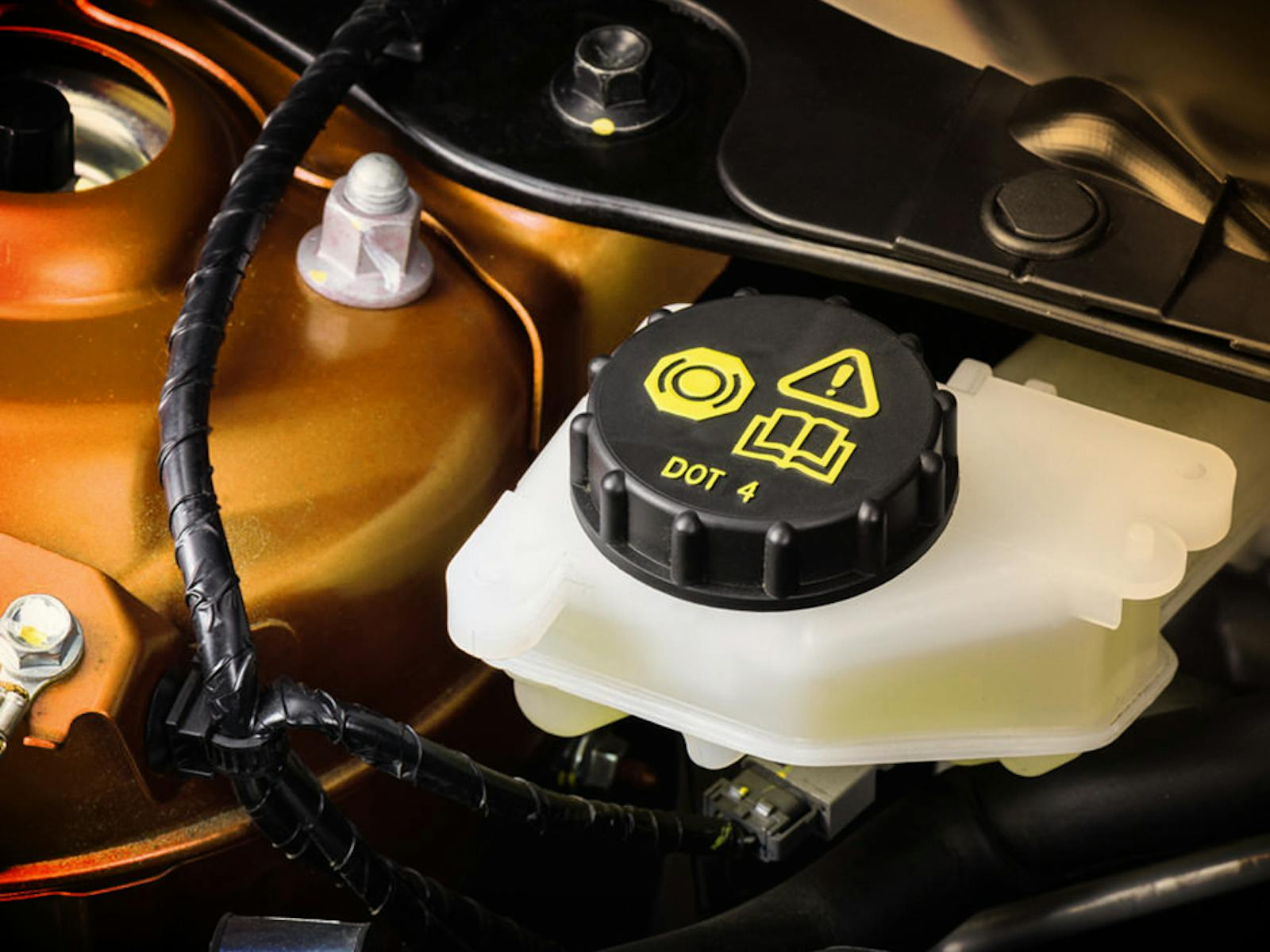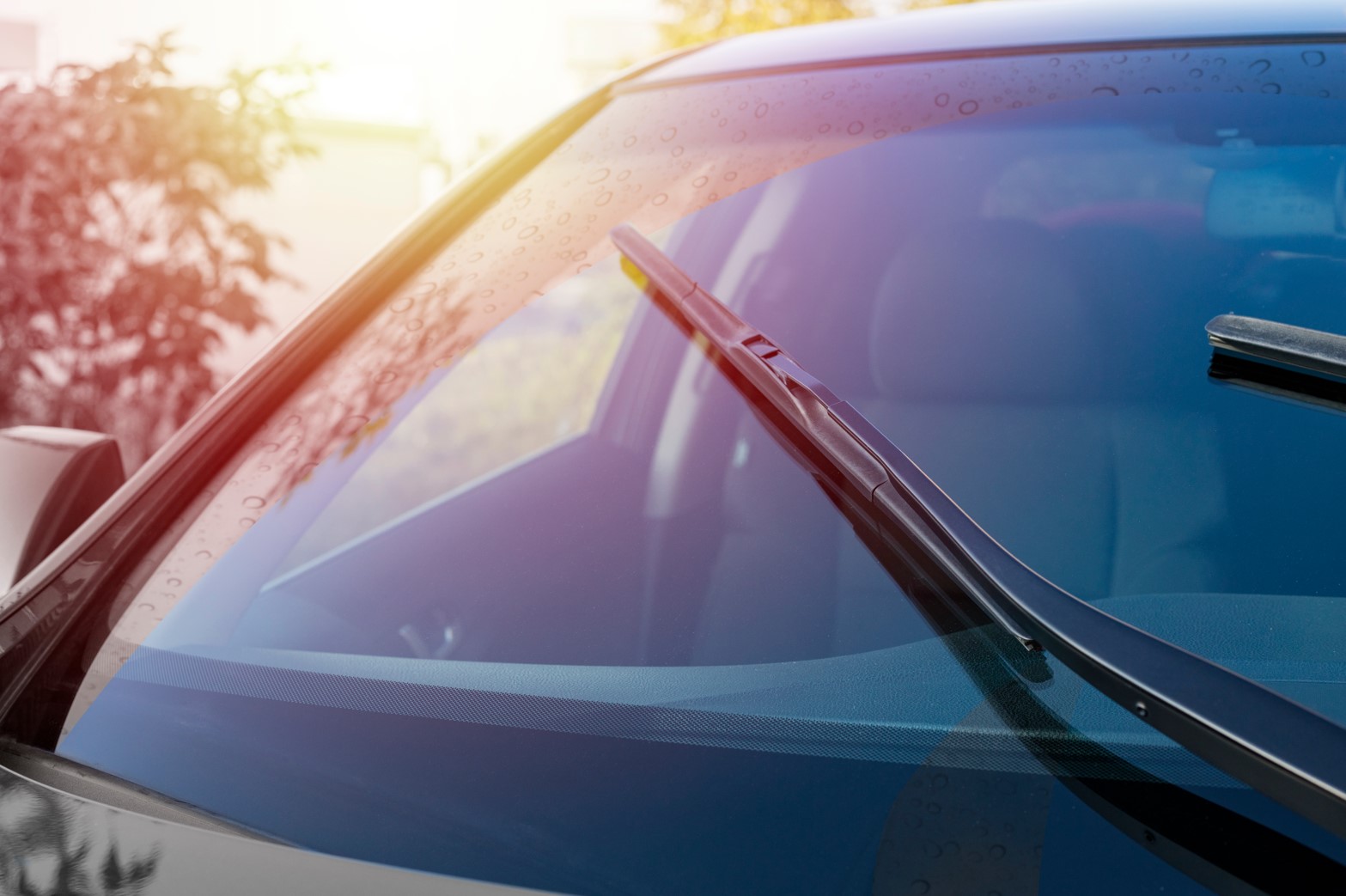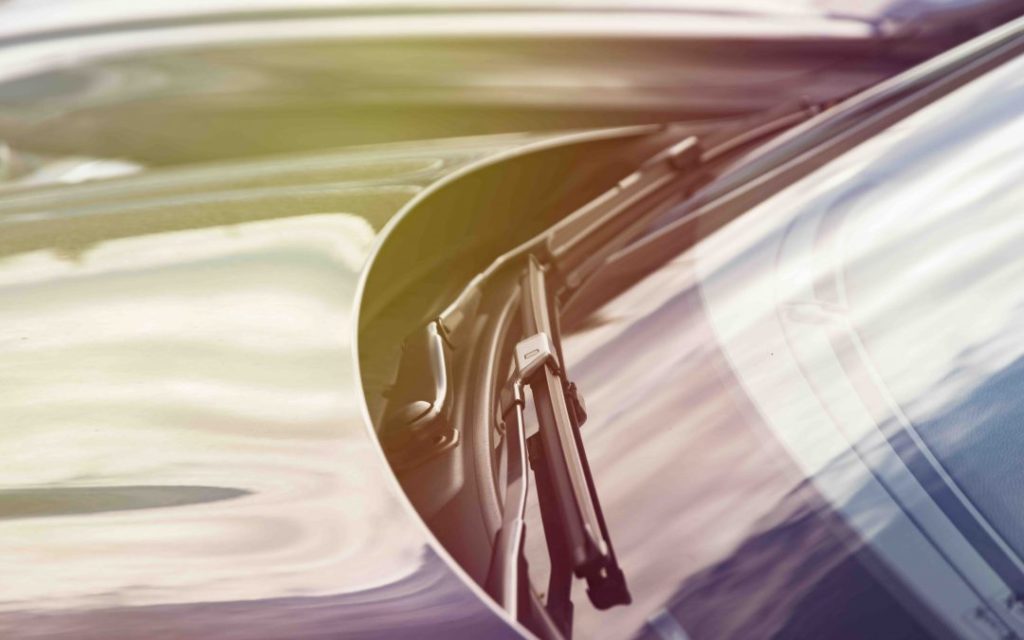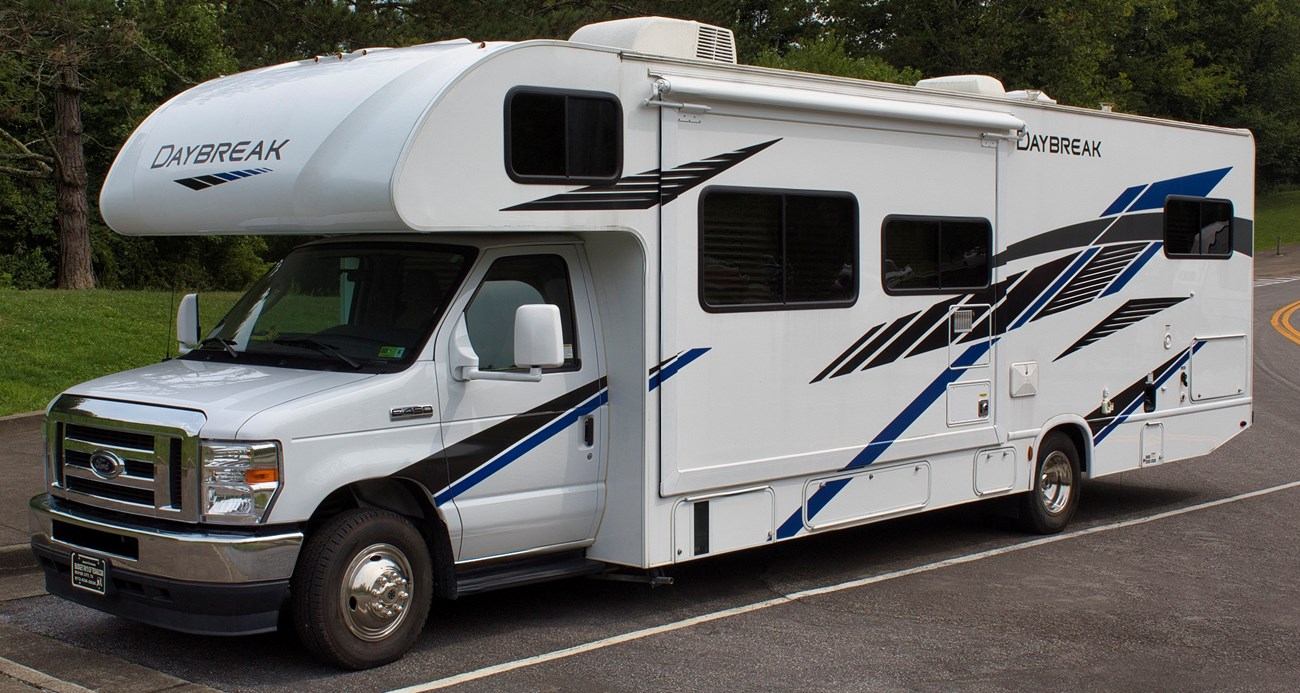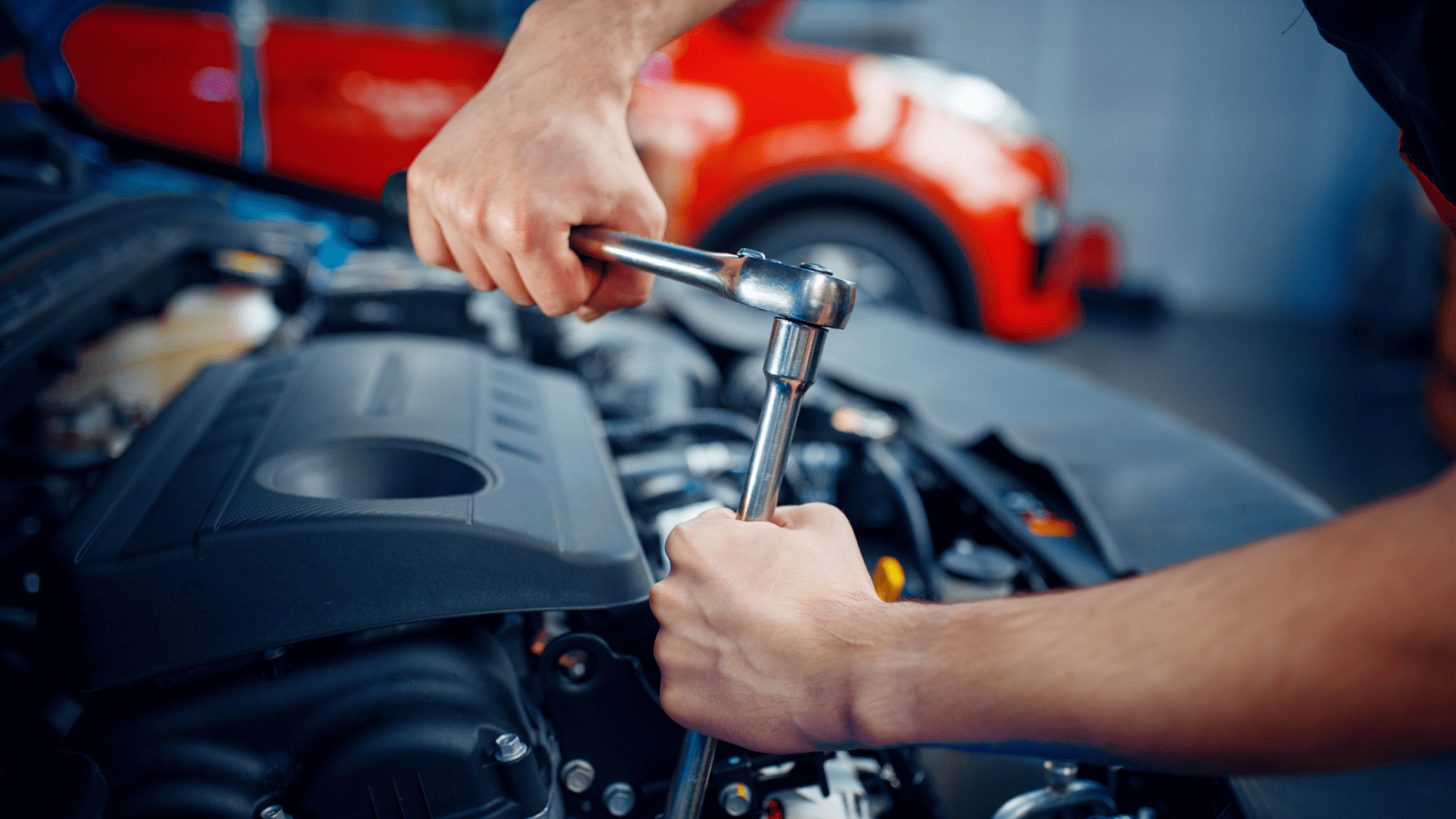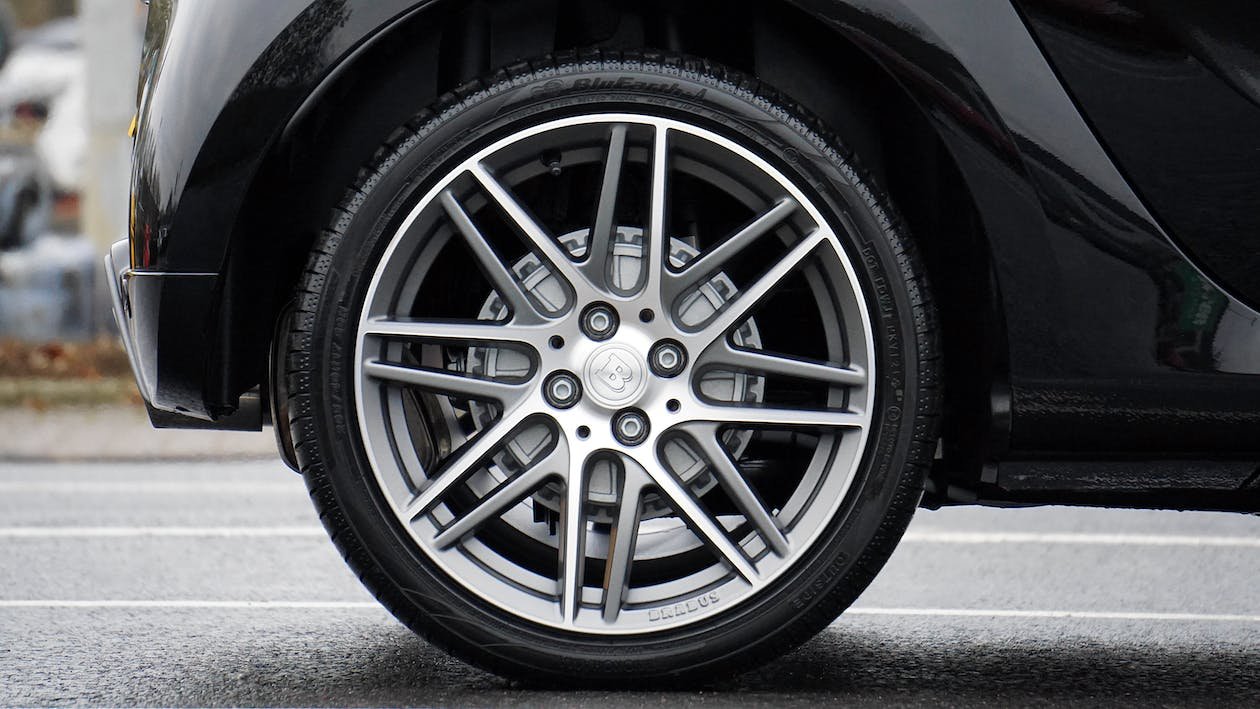These 10 handy tips will help you successfully maintain your RV and protect your investment.
1. Inspect the roof seals and seams of your RV
Be sure to inspect your RV’s roof for leaks every three months. Water leaks can occur through any open seams in your roof’s edges, vents, skylights, or air conditioning unit. Initially, water will soak into your roof’s outer wood framework and then it will seep through the inner ceiling panels causing extensive amounts of water damage. There are a number of sealants you can use to patch up your RV’s roof leak. It is important that you use a sealant compatible with the material of your RV’s roof. RV roof materials can range from: Fiberglass, Metal, EPDM (Rubber), TPO, and ALFA.
2. Tighten your RV’s wheel lug nuts and check tire pressure.
Before every RV trip, be sure to tighten your RV’s wheel lug nuts and measure tire pressure to ensure your safety on the road. Check the vehicle’s wheel lug nuts to make sure they haven’t loosened up at any point during previous travel or while in storage. Driving with loose lug nuts is dangerous and could lead to losing a wheel on the road. In addition, checking your RV’s tire pressure is important because overinflated tires may explode, doing damage to your RV, and possibly causing you to get into an accident on the road. Underinflated tires are also dangerous, creating control problems and generating more resistance on the road, which effects your gas mileage. Tire pressure changes as temperature increases and decreases, so if your RV has been sitting all winter, your tire pressure will have significantly dropped creating an unsafe and fuel inefficient ride.
3. Check your RV’s batteries.
The last thing you want to happen on your camping trip is a dead RV battery. Some batteries have water levels and some are maintenance free. The goal for an RV’s battery is that you do your best to keep it fully charged at all times. Batteries tend to last 3-5 years. After three years, a deep-cycle battery (towable RVs) starts to lose capacity. After five years, a start-type battery (drivable RVs) starts to loose capacity.
4. Keep waste water system in good condition.
Maintenance of your RV’s waste water system includes making sure that you are using chemicals that are designed to work with each system, whether it be gray water or black water systems. In addition, you need to use adequate amounts of fluid to start the system after flushing, and make sure that you flush the system on a regular basis. If you don’t maintain your RV’s water system, you will get excessive amounts of buildup, which may cause clogging of the system, failure of operation, and valves seizing.
5. Keep your RV’s brakes maintained.
It’s important to keep your RV’s brakes maintained for your safety as well as everyone else’s on the road. Brake maintenance should be on your RV’s spring to-do checklist. Maintain the wheel bearings and make sure that they are nice and lubricated throughout the summer. In addition, make sure your brakes still have enough material left on them and that they’re working properly so you get a good working activation in the trailer. Brake replacements can run anywhere from $300-$500. Replacements usually include a repacking of wheel bearings and replacing the seals.
6. Clean and treat your RV’s slide outs and seals.
Slide outs need to be cleaned on a regular basis so you don’t have dirt build up in and around the seals. Not cleaning your slide out could cause problems sealing your RV. To clean your RV’s slide out, you want to lubricate the slider mechanisms to make sure that they run in and out with the least amount of wear and tear on the motors. For window seals, there are also lubricants that you can use around the rubber to help keep them fresh and pliable so that they create good seals. In addition, it allows easy movement of the windows up and down and side to side. If your windows start to catch, the felt that they slide on could begin to tear and require a replacement.
7. Change your RV’s oil.
Unlike a car that you do regular maintenance to every 3,000-5,000 miles, an RV tends to sit a lot. It’s important that you do oil changes on a seasonal basis just to make sure that everything is lubricated and running to the best of its ability. For RVs, it’s recommended to change your oil every 3,000-4,000 miles or every year (spring is a great time). If you don’t change the oil, your RV will receive excessive wear and tear on its engine and may require expensive service or even lead you to purchasing a new engine.
8. Replace the air, fuel, coolant, and hydraulic filters in your RV.
Similar to changing your RV’s oils, you need to change the air, fuel, coolant, and hydraulic filters in your RV on a seasonal basis. Usually, we recommend inspections of the air filter, fuel filter, coolant, and hydraulic filters at every oil change. Similar to not changing the oil, you could have excessive wear and tear to your RV’s engine and on the drive train of the RV.
9. Keep your RV’s awning maintained.
It’s important to keep your RV’s awning clean so you don’t get mildew and mold buildup. By inspecting it on a regular basis you can catch and repair any possible tears early on before they start to grow larger. If you don’t clean off your awning during an RV trip, debris could cause nests (bees!) to build up, or items could get stuck and tear the fabric. Depending on what type of damage is done to your awning, a tear in the fabric could cost up to $600. Replacing the awning itself is around $1,300-$1,400.
10. Make sure the electrical connection from your RV to your tow vehicle is working.
The connection from your RV to your tow-vehicle is of critical importance to your safety on a RV trip. This is what transmits your electrical signal from your tow vehicle to your RV, turning on your RV’s brake lights when you hit the brake pedal in your vehicle. This electrical connection gives you and your RV safety when driving on the road both during the day and at night. Another benefit of the electrical connection is that while you’re driving, your tow-vehicle is charging your RV’s battery through the charge circuit. Ultimately, your electrical connection makes sure your RV has good brake activation, a fully charged battery, and makes sure all your lighting is working.



